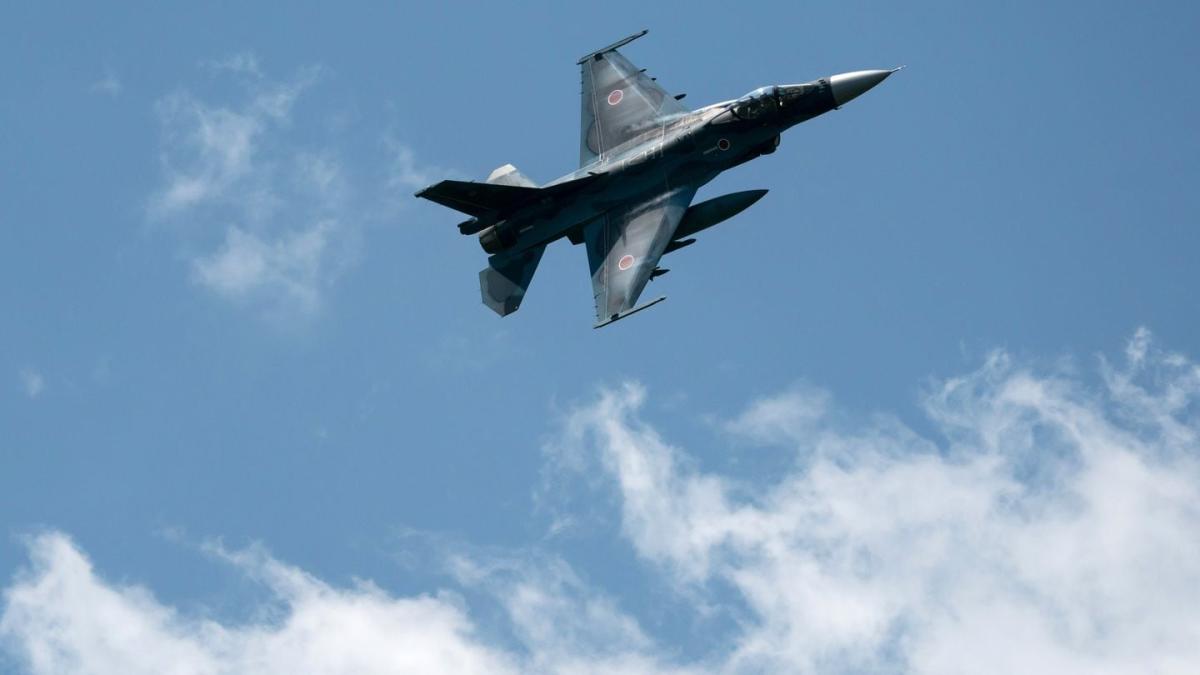(336) 02-24-2024-to-03-01-2024__****THE****WINDS****of****WAR****
(337) 03-02-2024-to-03-09-2024__****THE****WINDS****of****WAR****
(338) 03-09-2024-to-03-15-2024__****THE****WINDS****of****WAR****
-----------------------------------------------------------------------------------------------------------
Posted for fair use.......
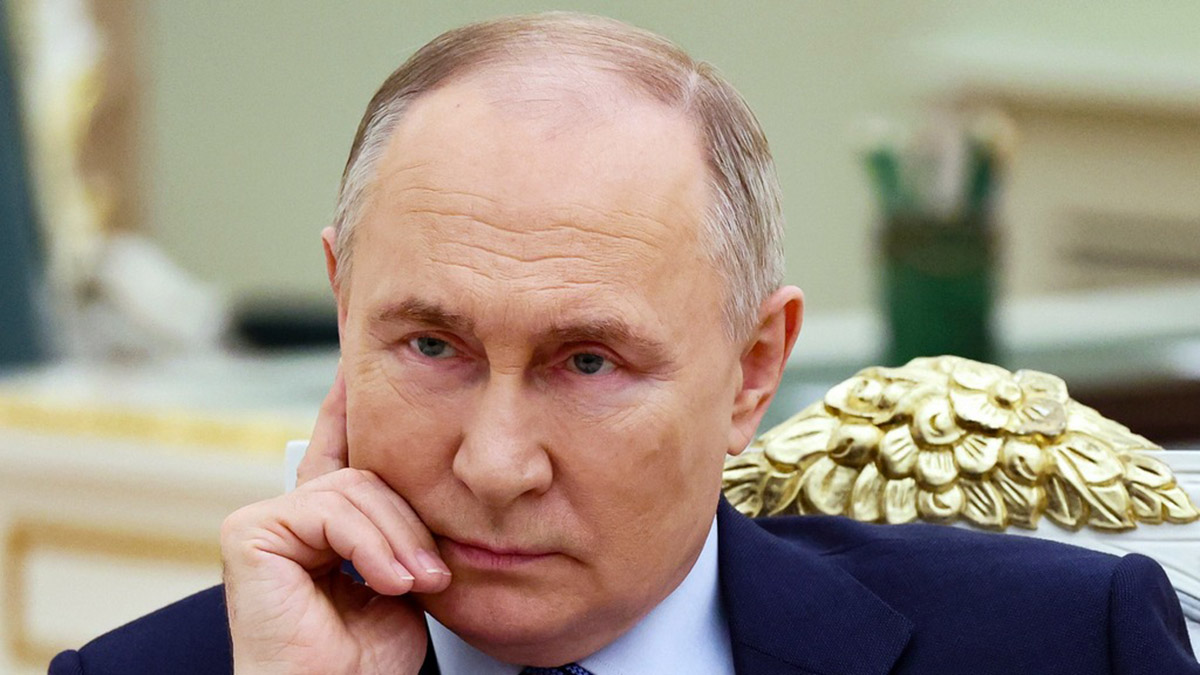)
From Khrushchev to Putin, Russian’s Reflexive Control theory has alarmed NATO
The Russian President’s repeated threats of using a tactical nuke in the Ukraine war have achieved their objectives to an extent by dissuading NATO from a direct confrontation
From Khrushchev to Putin, Russian’s Reflexive Control theory has alarmed NATO
Aninda Dey • March 16, 2024, 10:48:21 ISTThe Russian President’s repeated threats of using a tactical nuke in the Ukraine war have achieved their objectives to an extent by dissuading NATO from a direct confrontation
“If there is no intention to doom the world to the catastrophe of thermonuclear war, then let us not only relax the forces pulling on the ends of the rope; let us take measures to untie that knot. We are ready for this.”
— Nikita Khrushchev, 26 October, 1962
The Soviet premier’s chilling message to American President John F Kennedy during the 13-day Cuban Missile Crisis brought the world to the precipice of a nuclear Armageddon.
However, the crisis was averted after an exchange of messages between the two leaders. Khrushchev eventually removed the R-12 MRBMs and R-14 IRBMs with thermonuclear warheads from Cuba and stopped the construction of their launch sites, but his military and diplomatic manoeuvres hit the bullseye. Kennedy promised never to invade Cuba and withdrew the PGM-19 Jupiter nuclear MRBMs from Turkey.
More than six decades later, Moscow again raised the possibility of a nuclear spectre several times, triggering fears of an “Armageddon” in Washington.
Vladimir Putin has threatened the use of tactical nukes during the Ukraine War five times and followed it up with some actions alarming NATO.
On 24 February, 2022, the day he launched his “Special Military Operation”, the Russian president said , “Any further expansion of the North Atlantic alliance’s infrastructure or the ongoing efforts to gain a military foothold of the Ukrainian territory is unacceptable for us.” Russia “has a certain advantage in several cutting-edge weapons. In this context, there should be no doubt for anyone that any potential aggressor will face defeat and ominous consequences should it directly attack our country”.
On 21 September, he repeated his N-threat . “In the event of a threat to the territorial integrity of our country and to defend Russia and our people, we will certainly make use of all weapon systems available to us. This is not a bluff.”
On 30 September, Putin indirectly hinted at the use of nukes to protect Ukraine’s illegally annexed regions of Donetsk, Kherson, Luhansk and Zaporizhzhia “with all the forces and means at our disposal”.
In February 2024, when French President Emmanuel Macron didn’t rule out the deployment of NATO troops in Ukraine, Putin said , “Everything that the West comes up with creates the real threat of a conflict with the use of nuclear weapons, and thus the destruction of civilisation.”
This month, Putin said that if American troops are deployed in Russian territory or Ukraine, Russia would treat the move as an intervention. “From a military-technical point of view, we are, of course, ready [for a nuclear war],” he said .
In some cases, Putin’s actions indicated that he might resort to a tactical nuclear attack. On 27 February, 2022, he put the Russian Army’s deterrence forces on high combat alert as top NATO officials were “indulging in aggressive statements directed” at Russia. On 25 March, 2023, Putin announced plans to deploy Russian tactical nukes in Belarus . In March 2024, Russia tested the nuclear-tipped RS-24 Yars ICBM, which travels at Mach 14 and has a multiple independently targetable re-entry vehicle.
One month after Putin’s September 2022 threat, US President Joe Biden reacted on expected lines. “We have not faced the prospect of Armageddon since Kennedy and the Cuban Missile Crisis,” he said .
CNN’s chief national security analyst and anchor Jim Sciutto’s book The Return of Great Powers, released this month, claims that an “analysis and highly sensitive new intelligence” showed that Russia wanted to use a tactical nuke against Ukraine in 2022.
Sciutto claims that a senior US administration official told him that the fear wasn’t “just hypothetical” but “based on some information that we picked up”. Subsequently, the US started “preparing rigorously” for such an eventuality.
These nuclear threats and actions raise some questions.
What is Russia’s nuclear doctrine?
The ‘Decree of the President of the Russian Federation, on 2 June, 2020, provides the framework for the use of nukes in in various scenarios.
- a) potential enemy’s build-up in the territories adjacent to the Russian Federation and its allies and in adjacent sea areas of general-purpose force groups, which include nuclear weapons delivery vehicles;
- b) deployment by states that consider the Russian Federation as a potential enemy of missile defence systems and means, medium- and shorter-range cruise and ballistic missiles, high-precision non-nuclear and hypersonic weapons, attack unmanned aerial vehicles and directed energy weapons;
- c) creation and deployment in space of missile defence and strike systems;
- d) states have nuclear weapons and (or) other types of weapons of mass destruction that can be used against the Russian Federation and (or) its allies as well as means of delivery of these types of weapons;
- e) uncontrolled proliferation of nuclear weapons, their delivery vehicles and technologies and equipment for their production;
- f) placement on the territories of non-nuclear states of nuclear weapons and means of their delivery.
Were N-threats against Ukraine or NATO?
Putin’s warnings were against NATO, not Ukraine. In every statement, he pointed to the bloc’s eastward expansion, which was allegedly endangering Russia’s existence.
Two months after the Ukraine war, Russia’s Security Council deputy chairman Dmitry Medvedev warned NATO of deploying the nuclear-capable 9K720 Iskander SRBMs in the Russian Kaliningrad exclave—sandwiched between Poland and Lithuania—if Finland and Sweden joined the bloc. Despite his warning, Finland and Sweden joined NATO as Iskanders had been deployed there for years.
When NATO launched ‘ Steadfast Defender 24 ’, its biggest military exercise in Europe since the end of the Cold War, on 24 January, Moscow warned that “any events of this scale significantly increase the risk of military incidents”.
Several incidents prove that Russia never intended to use a tactical nuke against Ukraine despite attacks inside its borders.
Kyiv has targeted the Kerch Bridge, the shortest land route to Crimea used by Russia’s military to transport large equipment and soldiers to Ukraine, several times since October 2022. Now, it has pledged to destroy the bridge. Ukraine also attacked Crimea’s Saky airbase with a missile on 9 August, 2022.
Anti-Moscow groups supporting Kyiv have attacked Russia’s Belgorod region several times since 2023 with the latest on 12 March.
According to Russian media, more than 190 drone attacks have been launched inside Russia, including Moscow, since January 2023. On 12 March this year, Ukraine launched more than 24 drone strikes on energy sites and a major oil refinery in Russia.
Besides, Ukraine has destroyed 21 warships and one submarine of Russia’s Black Sea Fleet, according to the Dutch open-source website Oryx, which contains verified tallies of Russian and Ukrainian equipment losses.
The withdrawal from Kyiv and Kherson, the massive losses of troops and equipment and the Ukrainian strikes inside Russian territory were a big trigger for Putin to launch a nuke against Ukraine.
“Our assessment had been for some time that one of the scenarios in which they would contemplate using nuclear weapons [included] things like existential threats to the Russian state and direct threats to Russian territory,” one of the officials told Sciutto.
But Putin didn’t launch a nuke against Ukraine.
Was there any specific intel?
The two senior US officials were ambiguous regarding specific intel about Russia’s intention to use a tactical nuke yet America feared such an attack.
It’s contradictory. “At no point did we ever see any indications of types of steps that we would’ve expected them to take if they were going down a path towards using nuclear weapons,” one of the officials said.
All the US intel community gathered was from its other Western counterparts, who claimed to have received information that “lower levels of the Russian system were discussing” a nuclear strike. “It’s never a cut-and-dry black-and-white assessment,” one of the officials told Sciutto. “But the risk level seemed to be going up—beyond where it had been at any other point in time.”
Since tactical nukes are small compared to strategic nuclear weapons, they can be moved secretly and quietly. “If what they were going to do is use a tactical nuclear weapon … it was not hundred per cent clear to us that we necessarily would have known,” this senior administration official continued.
In either case, the US didn’t have specific intelligence. In fact, the White House denied any imminent threat of a Russian nuke attack after Biden’s “Armageddon” comments in October 2022. Even National Intelligence director Avril Haines said in May 2023 that Russia was “ very unlikely ” to use nukes.
Why Putin issued N-threats and what’s their aim?
Such threats are part of the Soviet-era ‘Theory of Reflexive Control’. The theory combines psychological and information manipulation, pressure tactics and geopolitical strategy to influence the enemy’s decision(s) in Russia’s favour. It’s an asymmetric warfare that changes the adversary’s perception of the situation and forces it to act accordingly to further Russian objectives.
According to Sergey Komov, a leading Russian thinker on information warfare, Reflexive Control can include one or more or a combination of the following tactics : distraction, overload, paralysis, exhaustion, deception, division, pacification, deterrence, provocation, suggestion and pressure.
Reflexive Control is “a means of conveying to a partner or an opponent specially prepared information to incline him to voluntarily make the predetermined decision desired by the initiator of the action”, says Timothy Thomas, a leading American expert Russia’s information warfare.
Basically, Russia escalates the situation to force the adversary to de-escalate. In the process, Russia portrays itself as an irresponsible nuclear power—a bold yet restrained strategy—which either forces the enemy to change its course of action or end the conflict.
According to the Bulletin of the Atomic Scientists , “Escalation is a deliberate action taken primarily for the purpose of ending a conflict without any further increase in the intensity or level of fighting.”
Though the ‘escalate to de-escalate’ theory is contested by some military experts in the US and Europe, the US 2018 Nuclear Posture Review expressed concern about a scenario where Russia grabs the territory of a NATO member. Subsequently, America and NATO are presented “with a fait accompli” by Russia threatening to use nuclear weapons, according to the Congressional Research Service report in April 2022.
While Russia never uses a nuke, the show of nuclear force, capabilities and readiness are enough to alarm its adversary. The steps usually include putting the nuclear forces on high combat alert, military exercises and testing nuclear-capable missiles.
When Putin put his nuclear forces on high combat alert on February 27, 2022, the US and NATO reacted accordingly.
The US postponed the test launch of the Minuteman III ICBM in March that year. Pentagon press secretary John Kirby said, “In an effort to demonstrate that we have no intention of engaging in any actions that can be misunderstood or misconstrued, the secretary of defence has directed that our Minuteman III intercontinental ballistic missile test launch scheduled for this week to be postponed.”
Then-White House press secretary Jen Psaki said, “At no point has Russia been under threat from NATO [or] has Russia been under threat from Ukraine.”
NATO secretary general Jens Stoltenberg said, “This is dangerous rhetoric. This is a behaviour which is irresponsible.”
On 19 February, a few days before the invasion, Russia conducted a massive simulated exercise of its nuclear triad—ICBMs, SLBMs and strategic bombers. The Zircon and Kinzhal cruise missiles, Yars ICBM, and Sineva and Kalibr SLBMs were fired and Tu-95 bombers, warplanes and submarines participated in the exercise.
“The main purpose of the exercise is to train the strategic offensive forces’ actions aimed at delivering a guaranteed defeat of the enemy,” Russia’s Chief of General Staff General Valery Gerasimov.
Russia can show its nuclear prowess by launching a nuke in an unpopulated area, against a populated centre inside Ukraine or against Ukrainian troops.
In the worst-case scenario, Russia could resort to the third option. However, one tactical nuke won’t obliterate the whole Ukrainian military; Russia would need to launch several such weapons. Besides, Russian soldiers would be exposed to radiation.
Putin also knows the risks involved in a nuclear retaliation. Such a drastic step would further isolate him globally and cement the anti-Russian coalition.
Putin’s nuclear threats haven’t wholly achieved their goals. NATO continues to supply missiles, 155mm artillery rounds, tanks and anti-tank weapons to Ukraine. NATO has also okayed the supply of F-16s and Ukrainian pilots are being trained in Romania.
However, Russia’s Reflexive Control has worked to an extent. NATO never deployed its troops in Ukraine to avoid a direct confrontation with Russia. If Ukraine were a NATO member, Article 5 would have come into effect, putting the bloc in direct confrontation with Russia—that’s why the US has avoided allowing Ukraine into the bloc.
America supplied the Army Tactical Missile Systems (ATACMS) to Ukraine last year on the assurance that they would not be used to strike inside Russia. Though the Biden administration is contemplating sending long-range ATACMS with a maximum range of 300 km if the House of Representatives approves the $95 military aid package, the missiles will be used to hit targets in Crimea, not inside Russia.
Recently, Stoltenberg said that Ukraine has the right to strike “Russian military targets outside Ukraine. That is international law and, of course, Ukraine has the right to do so to protect itself.”
However, Ukraine has used missiles to strike targets on its occupied territories, like Donetsk, Luhansk or Crimea, not deep inside Russia. Czech Repulic-supplied multiple rocket launcher RM-70 Vampire has been used to target the Russian border city of Belgorod.
During the Cuban Missile Crisis, Russia neither fired the thermonuclear missiles nor completed the construction of their launch sites. Khrushchev’s diplomacy, misinformation, strategic ambiguity, and psychological pressure against Kennedy worked, and the US reaction was on expected lines.
Similarly, Putin hasn’t used tactical nukes against NATO despite stoking fears of a nuclear retaliation and has achieved his objectives to an extent.
The writer is a freelance journalist with two decades of experience and comments primarily on foreign affairs. Views expressed in the above piece are personal and solely those of the writer. They do not necessarily reflect Firstpost’s views.




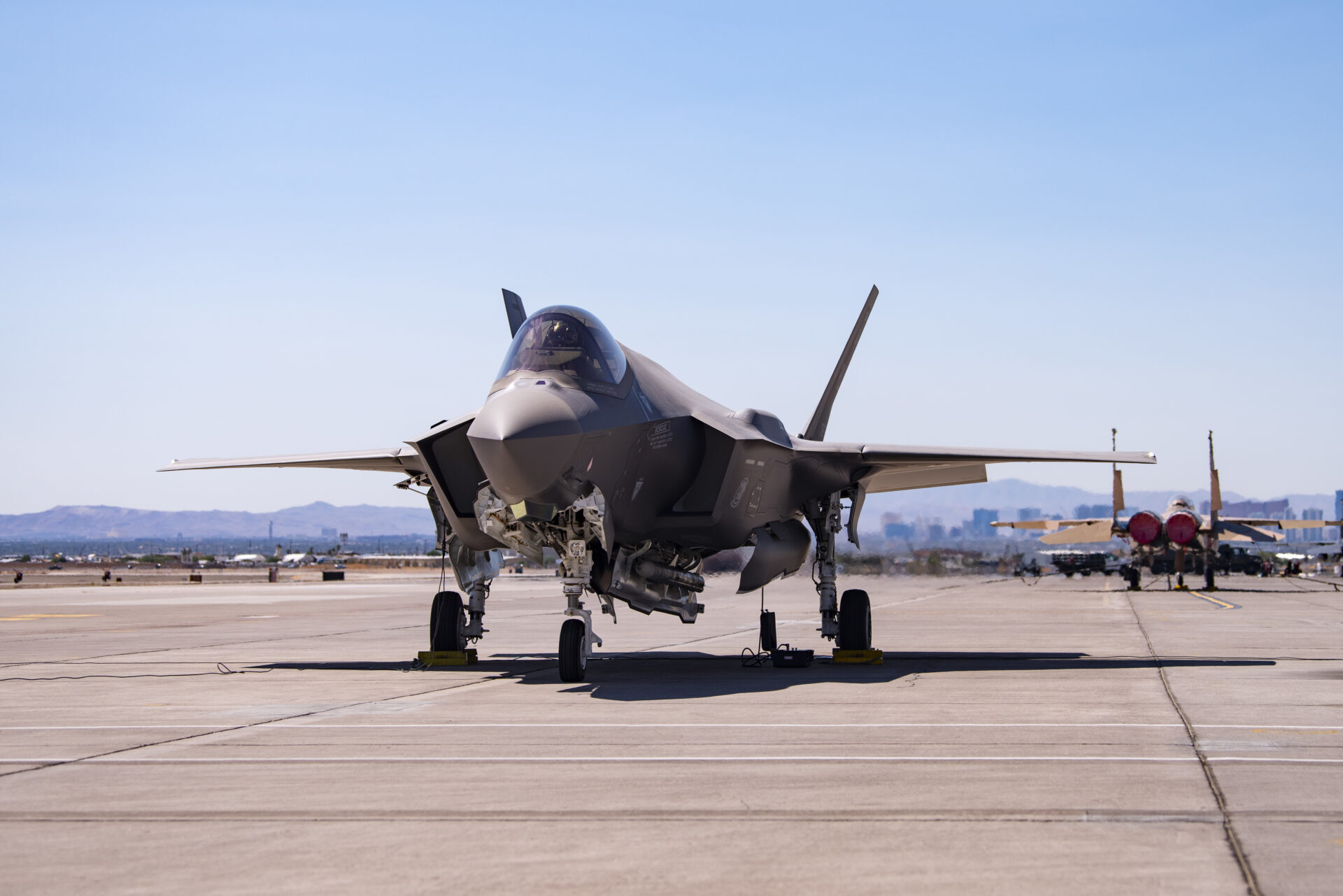

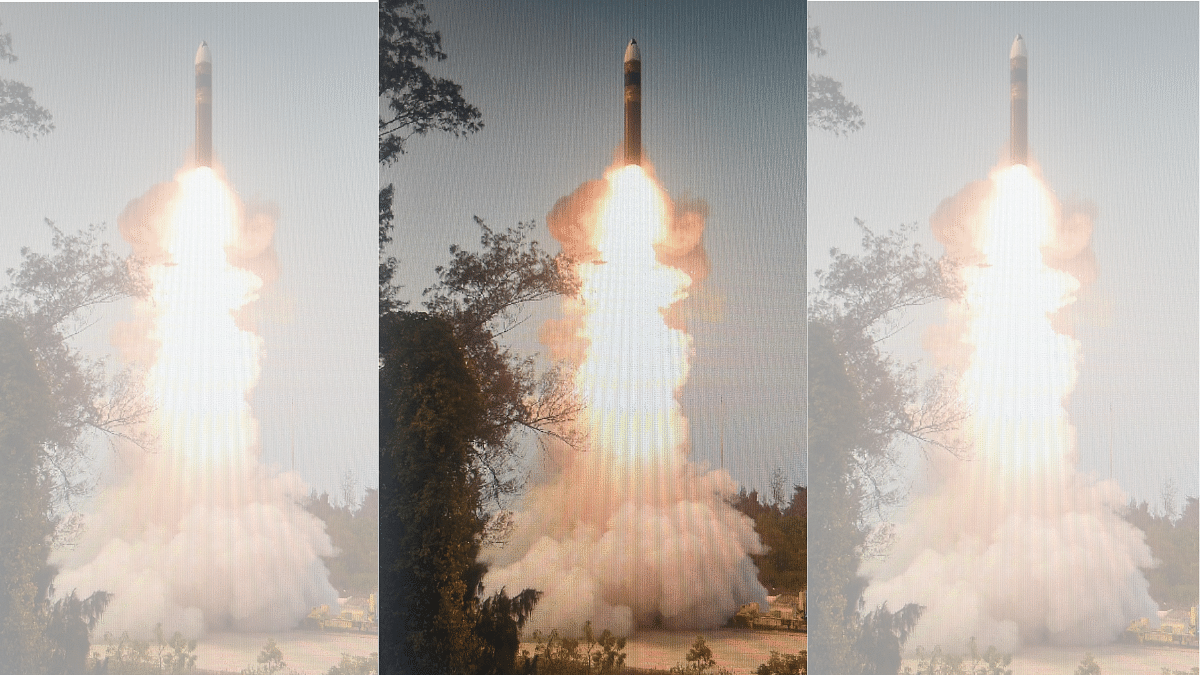













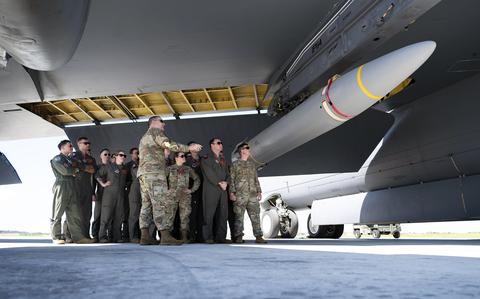

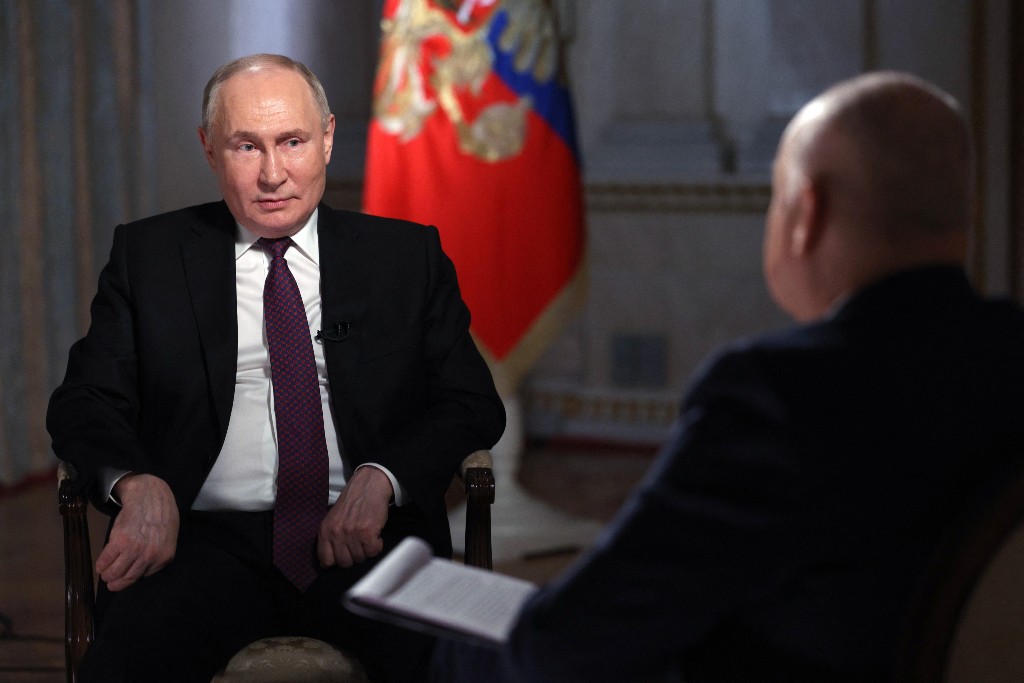

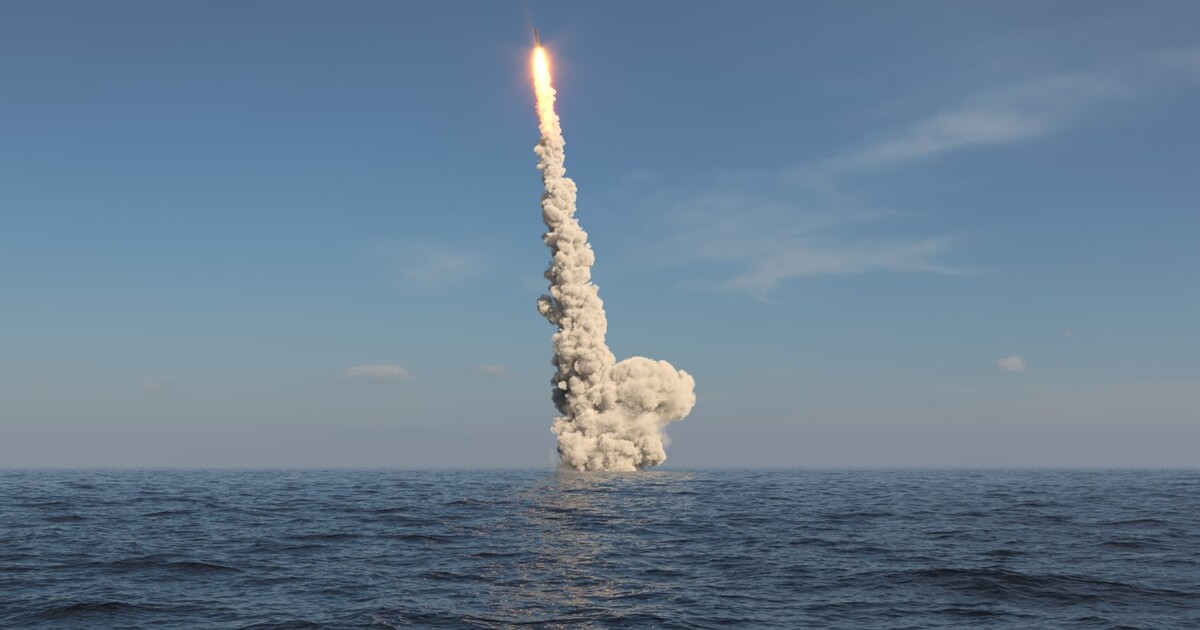
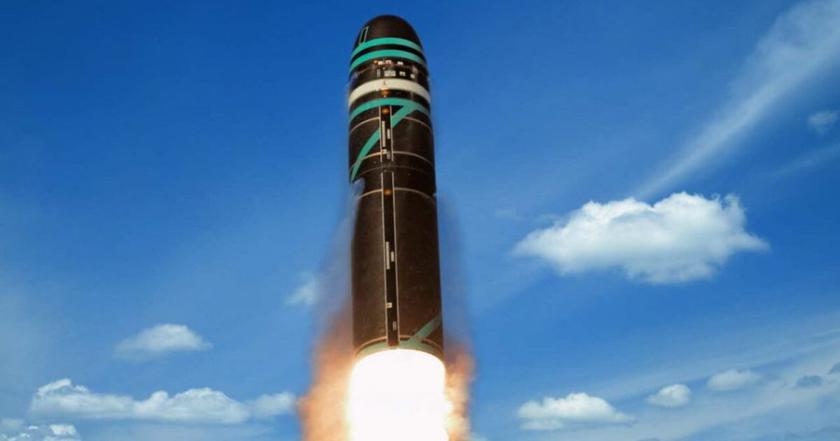
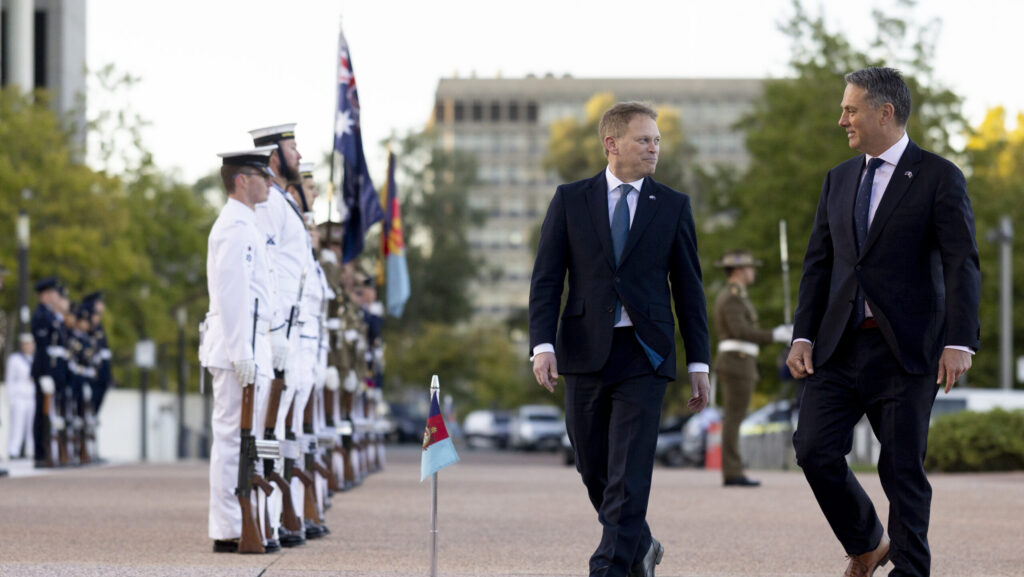
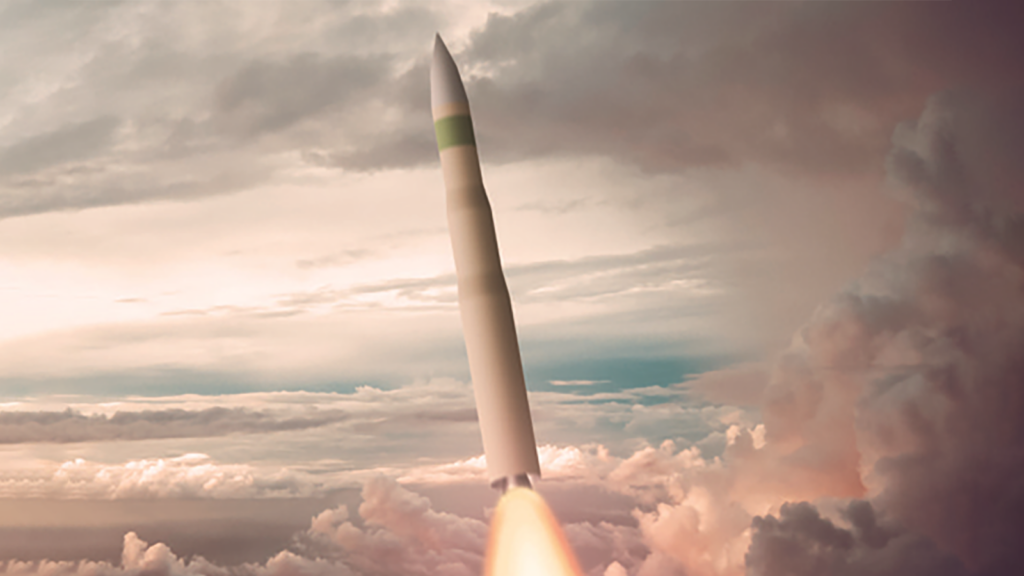
:quality(70)/cloudfront-us-east-1.images.arcpublishing.com/archetype/JXOBBCKK7VGQ3AUVXB2BDFMXTE.jpg)

